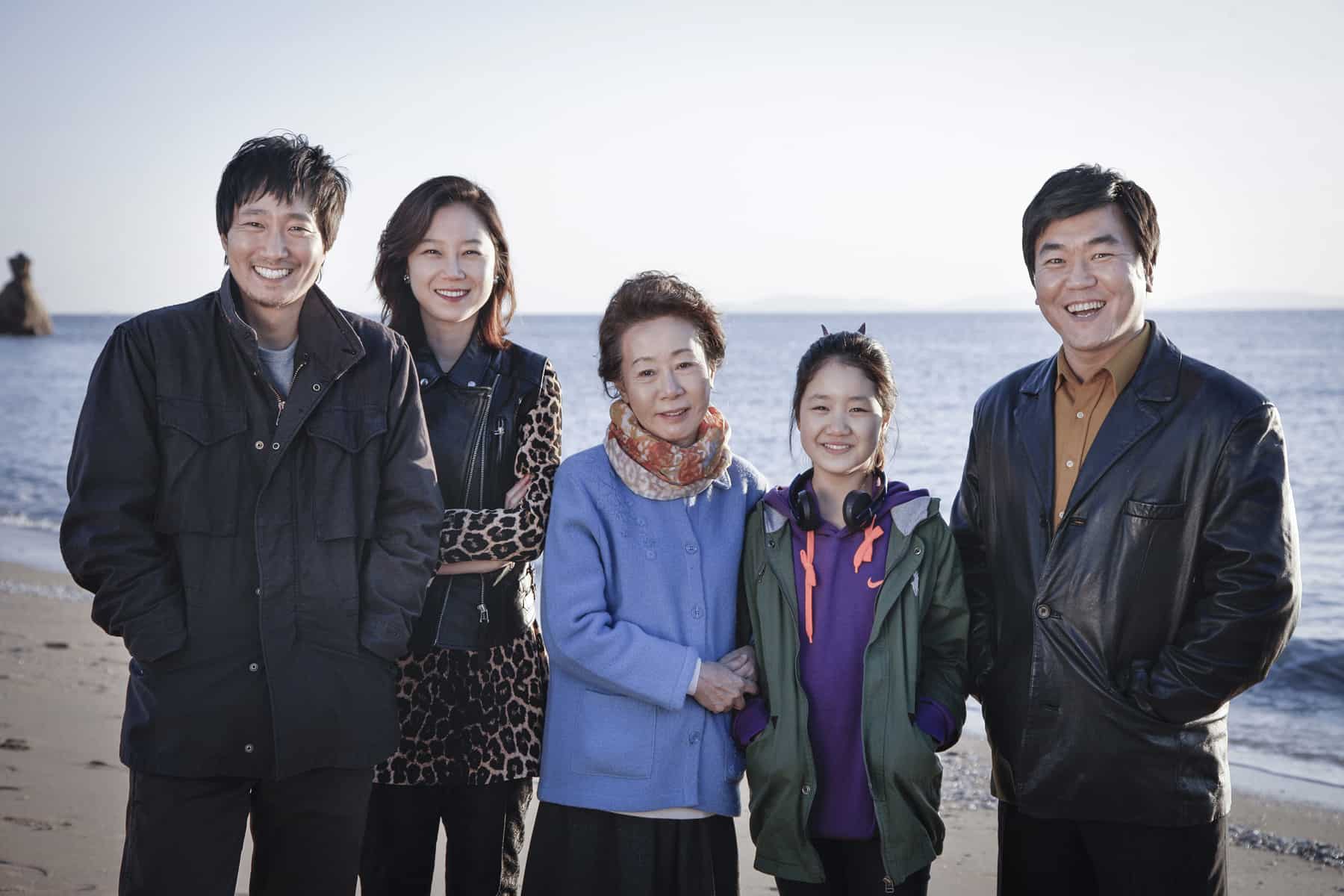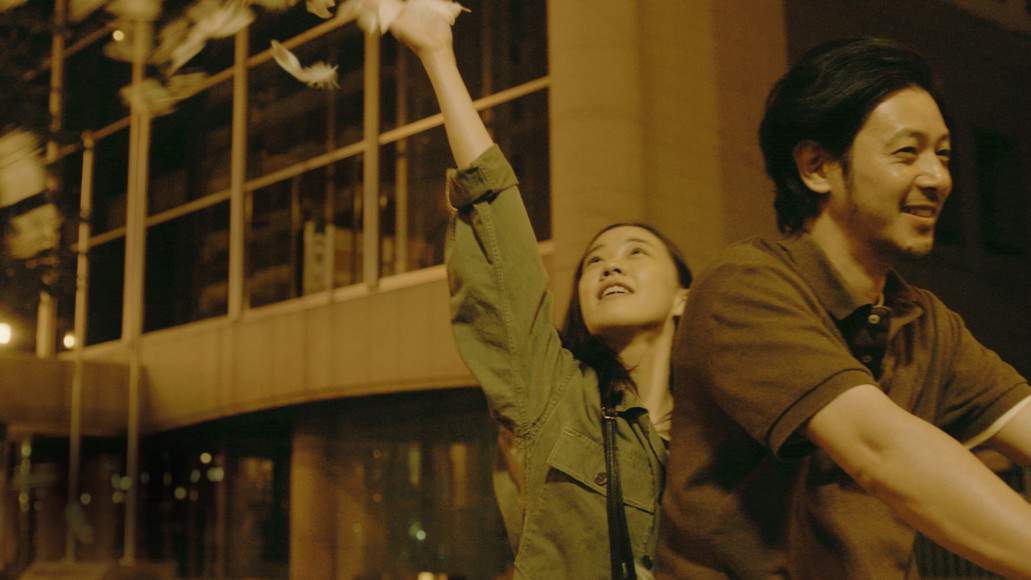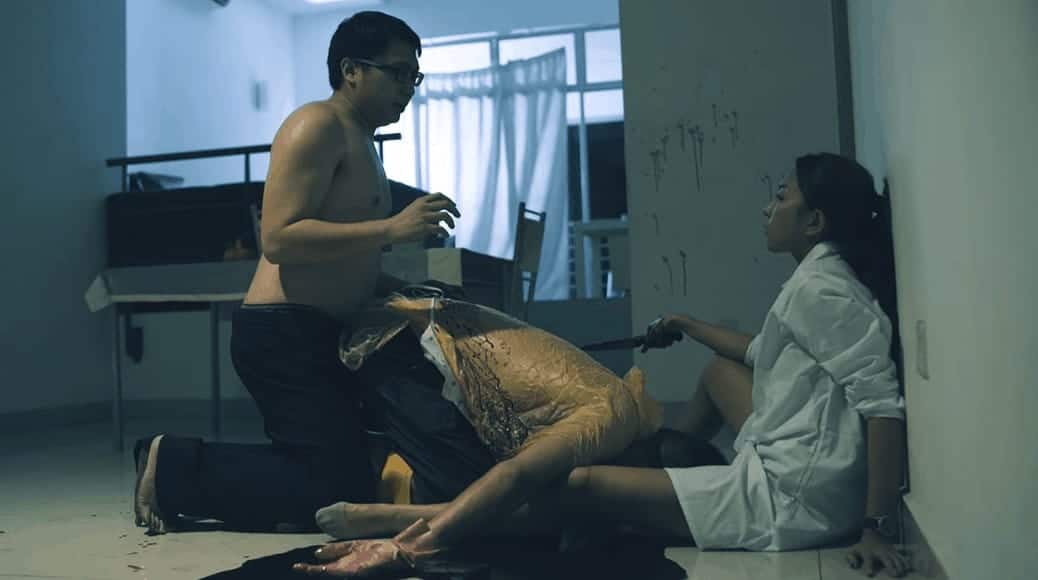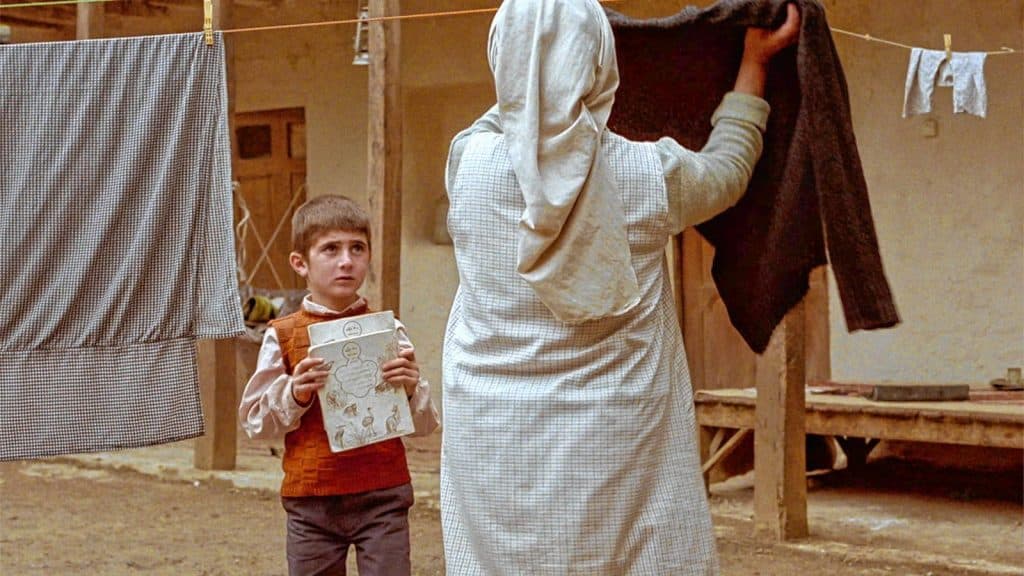Inspired by a famous Japanese drawing (named Kaidan Chibusa Enokizu) by Seiu Ito, which deals with child abuse, and promoted as a Japanese rendition of films like “The Texas Chainsaw Massacre”, “Cabin in the Woods” and “Evil Dead”, “Mimicry Freaks” is, undoubtedly, a very interesting production. Furthermore, the Spamflix Asian Film Award in Brussels International Fantastic Film Festival suggested that there was some merit in the film, and not just great promotion. Let us see if the “hype” is justified.
The story starts with a young boy with no clothes, with a chain around his arms, walking the track of an abandoned railroad. The next scene takes a leap back to the previous day, when Fuma, a man seemingly in his late twenties wakes up in a bed in a dense forest. Surprised, he finds his son standing next to him and almost attacks the boy asking him for their whereabouts. When he gets no answer, he starts running through the forest, but he is attacked by a Namahage, a Japanese folklore, demonlike being. He barely manages to escape and stumbles upon a patrol car. He asks for help frantically, but when the policeman checks his ID, he finds out that Fuma was once a convict who was executed thirty years ago.

At the same time, in another part of the forest, a couple who is about to get married are riding the car of the bride's father, along with their wedding planner, towards the wedding chapel the ceremony will take place. The father is not particularly happy about the wedding, since he thinks the groom is after her daughter for her money, not to mention he is totally against his anti-nuclear activism. Soon the tensions in the car rise, but a bit later the car breaks down and the four are forced to walk through the woods. Eventually, they arrive at the cabin near where Fuma and his son woke up. The meeting of the two groups is inevitable, and soon all hell breaks loose.
Let me start with the most obvious. The narrative style could only be described as delirious, with the past and future, fantasy (myth) and reality, logic and madness continuously switching places on screen, resulting in a story quite difficult to follow. Add to that the different themes and the various “loans” from the aforementioned movies, and a plethora of scenes featuring torture, gore and violence, and you will soon realize that what you are watching could be a glimpse into the mind of a maniac.
Despite the film's promotion though, the mystery about the cloning and eugenics' experiments, the setting of the forest, the paranoid scientists-doctors and the disfigured characters point more towards a combination of “Versus” and “Horrors of Malformed Men” instead of US horror movies, although some elements of those do exist.
Shugo Fuji, apart from director and writer, also functioned as cinematographer and editor of the film, with his work on all fields being quite good. The saturated colors intensify the nightmare-like atmosphere of the story, while the presentation of the forest and the various, abandoned settlements is as horrifying as it should be. The editing also intensifies the nightmarish/delirious essence, particularly through the abruptness of the cuts. The “obvious” horror tactics (jump scares, gore etc) are all here, but in general, and through the combination of production values and narrative, the film creates horror more through its general atmosphere rather than the aforementioned tricks. Some social comments about child abuse, eugenics and nuclear power do exist, but are actually drowned in the horror/splatter aesthetics.
“Mimicry Freaks” is a very interesting amalgam of many different elements, and a unique entry in the genre that definitely deserves a look from all fans of the extreme.















